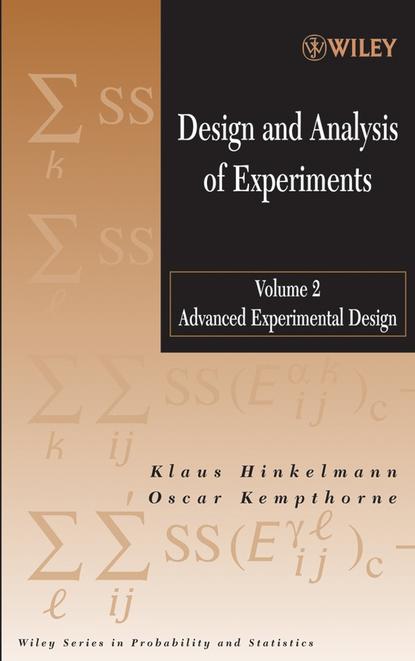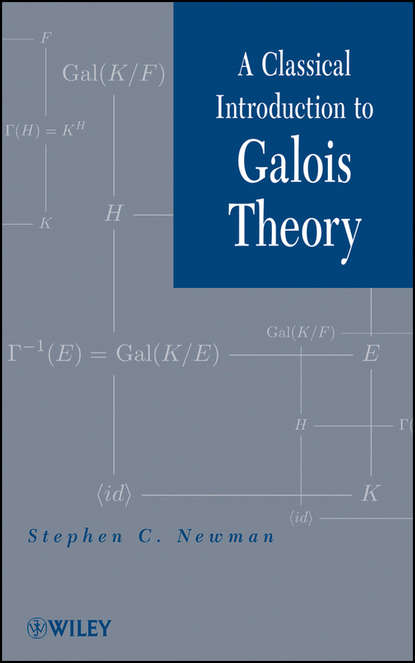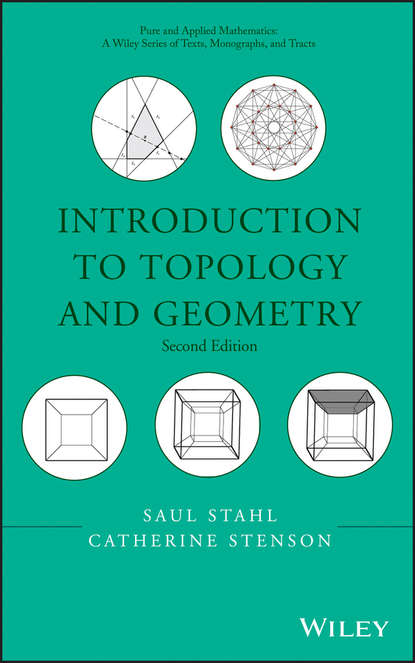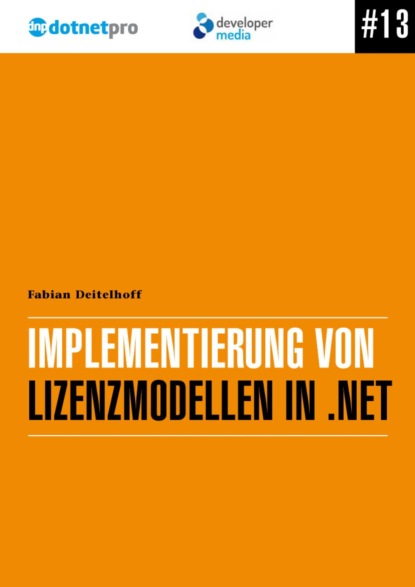Это второй том фундаментального двухтомника, посвященного продвинутому изучению планирования эксперимента. В книге представлен всесторонний обзор современных экспериментальных планов, разработанных за последние 50 лет. Первый том заложил философские основы планирования эксперимента, представленные в работах Р.А. Фишера, Фрэнка Йейтса и Оскара Кемпторна. Второй том более подробно освещает вопросы контроля ошибок и планирования обработок, уделяя особое внимание их историческому развитию и практической значимости.
Книга ориентирована на аспирантов и специалистов-практиков. В ней рассматриваются неполные блочные и рядно-столбцовые планы, симметричные и асимметричные факторные планы, системы смешивания, дробные факторные планы, включая планы основных эффектов, насыщенные планы, робастные планы Тагути, решетчатые планы и планы с пересечениями.
Авторы стремятся к общему подходу в изложении, чтобы материал был применим в разных областях. Для построения и анализа планов широко используется программа SAS.
Comprehensive Overview of Experimental Design at the Advanced Level Covering the latest Developments in the Field The development and Introduction of New Experimental Designs in the Last 50 Years has been Quite Staggering, and Was Brought About Largely by an Ever-Widening Field of Applications.
Электронная Книга «Design and Analysis of Experiments, Volume 2» написана автором Klaus Hinkelmann в году.
Минимальный возраст читателя: 0
Язык: Английский
ISBN: 9780471709930
Описание книги от Klaus Hinkelmann
A comprehensive overview of experimental design at the advanced level The development and introduction of new experimental designs in the last fifty years has been quite staggering and was brought about largely by an ever-widening field of applications. Design and Analysis of Experiments, Volume 2: Advanced Experimental Design is the second of a two-volume body of work that builds upon the philosophical foundations of experimental design set forth half a century ago by Oscar Kempthorne, and features the latest developments in the field. Volume 1: An Introduction to Experimental Design introduced students at the MS level to the principles of experimental design, including the groundbreaking work of R. A. Fisher and Frank Yates, and Kempthorne's work in randomization theory with the development of derived linear models. Design and Analysis of Experiments, Volume 2 provides more detail about aspects of error control and treatment design, with emphasis on their historical development and practical significance, and the connections between them. Designed for advanced-level graduate students and industry professionals, this text includes coverage of: Incomplete block and row-column designs Symmetrical and asymmetrical factorial designs Systems of confounding Fractional factorial designs, including main effect plans Supersaturated designs Robust design or Taguchi experiments Lattice designs Crossover designs In order to facilitate the application of text material to a broad range of fields, the authors take a general approach to their discussions. To aid in the construction and analysis of designs, many procedures are illustrated using Statistical Analysis System (SAS®) software.



















